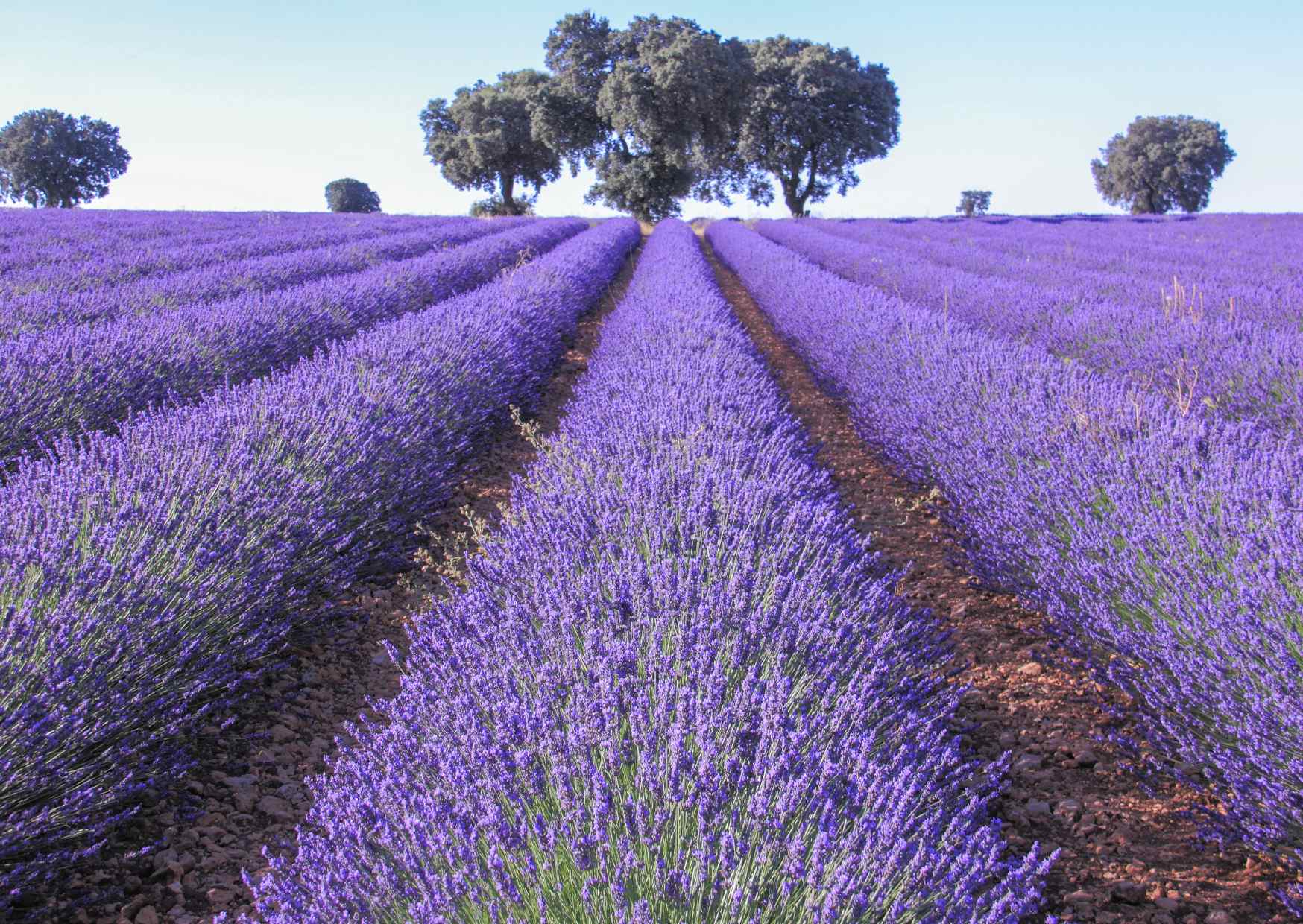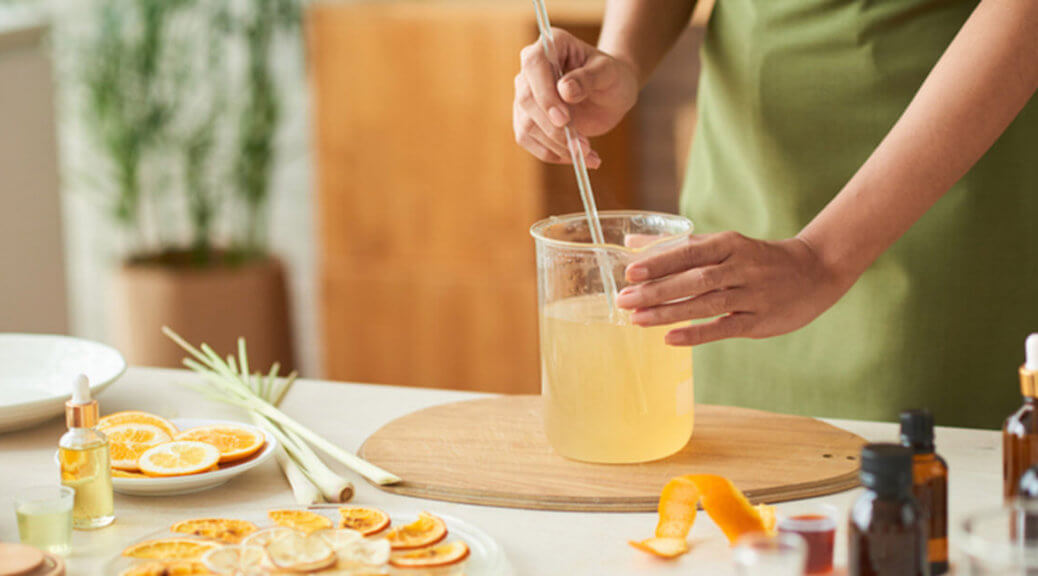Somewhere in your essential oil journey, you’ve probably come across the term “notes” when checking out some of your favorite oil’s characteristics. “Notes” might bring to mind fancy high-end perfumes, but there’s no reason to feel intimidated by the term. The thing is, each essential oil has a note, and that note helps determine how the oil will play with others. So if you’ve ever wondered how you can use these notes to help create your own blended masterpieces, this blog is perfect for you! We’ll go over the different notes and ways you can use this information to make your own special blends.
So first things first: why bother learning about notes? You’ve blended essential oils together without knowing about them before; will understanding notes really make a difference?
Honestly, it’s pretty easy to haphazardly blend oils without giving it too much thought. Sometimes it turns out great, while other times it’s a very serious series of unfortunate events. While I am all about learning through trial and error, I also think it’s important to have a basic understanding of other blending techniques as well. The more you know, the more confidence you gain when blending. Hopefully, this confidence translates into beautiful, unique blends that you love and want to show off to the world!
So, let’s talk notes.
What is a “top note”?
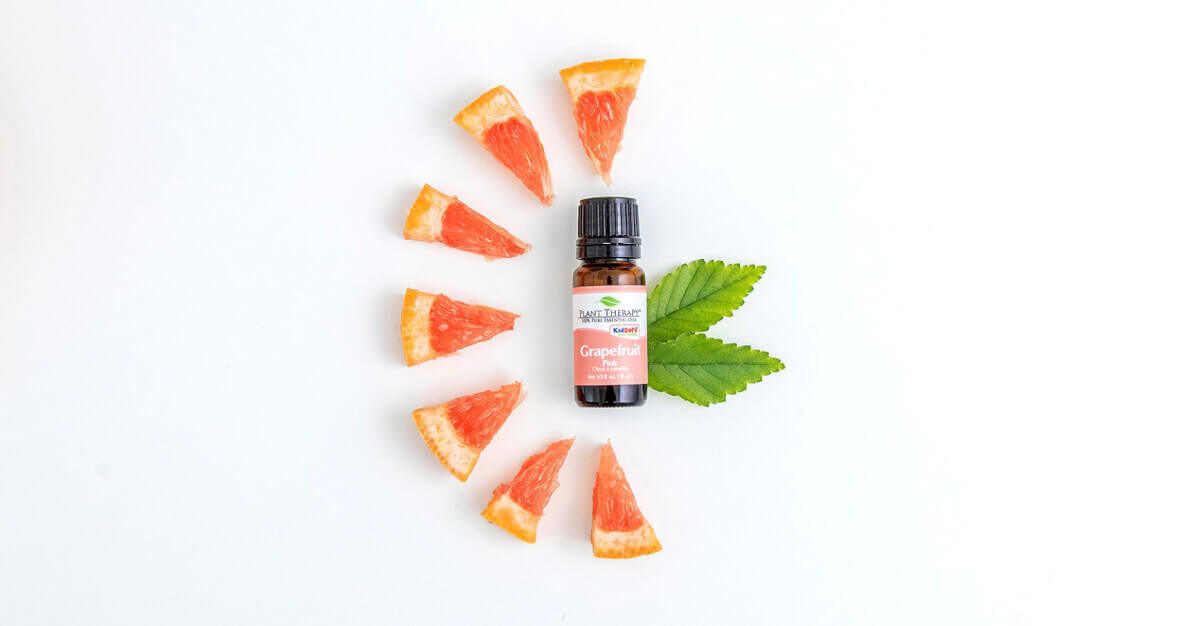
Your first impression of a fragrance will often be dependent upon the blend’s top note. This aroma springs out above the other notes when you take your first whiff. They tend to be fresh and uplifting, often citrus-type aromas that are highly volatile. They evaporate the quickest but leave a lasting characteristic on the blend as a whole.
Some examples of top notes include:
What is a “middle note”?
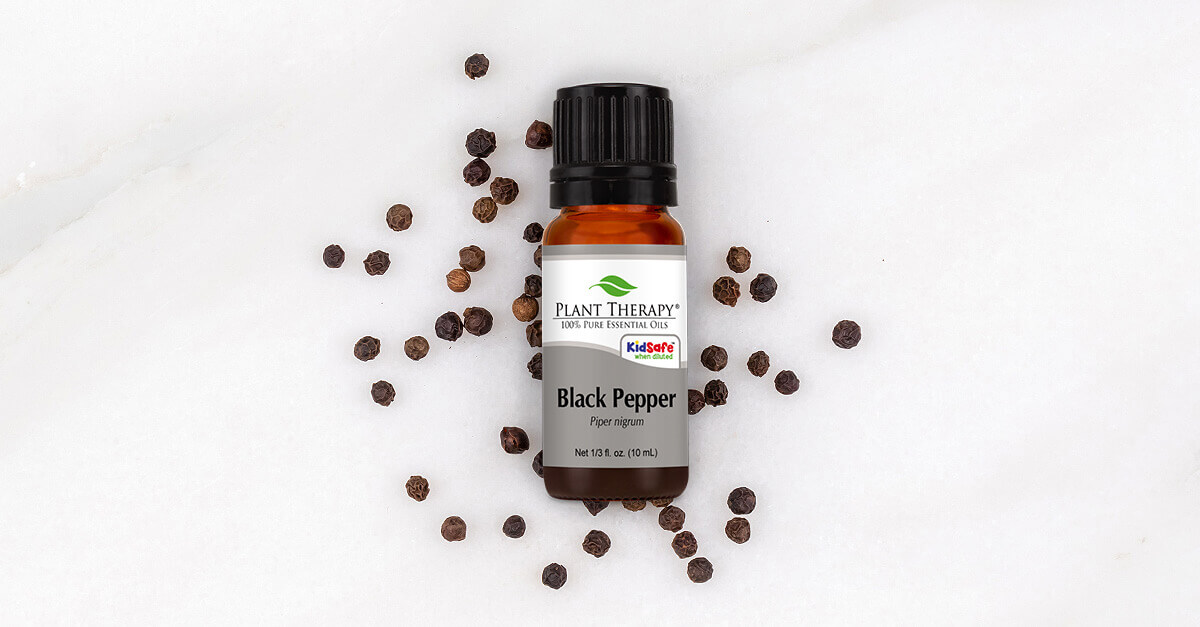
The bread and butter of a blend rely on the essential oils with middle notes. It’s what balances the blend by trying to seamlessly meld all the other oils together like a family. Fittingly, middle notes are also often referred to as heart notes. These aromas help give body and fullness to a blend. A middle note will not evaporate as quickly as a top note (taking anywhere from one to four hours), but these notes also aren’t as recognizable as a top note. While a top note may be easy to identify, middle notes are not always evident right away but are often fragrances that are warm and soft.
Some examples of middle notes include:
What is a “base note?”
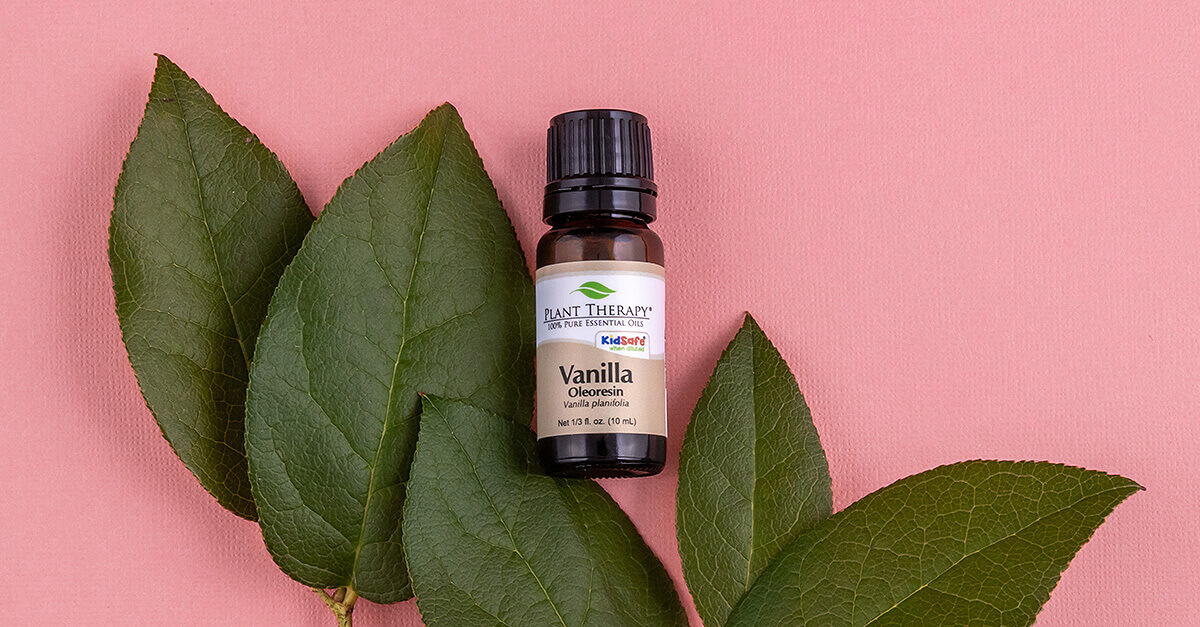
You can think of the base note as the foundation of a blend. It’s grounding and leaves a lasting impression. That’s because the base note is the slowest to evaporate and sometimes isn’t even discernable for the first few hours as the top and middle notes take center stage. Usually intense and heady aromas, base notes have a relaxing characteristic that is common of “heavier” essential oils.
Some examples of base notes include:
So how do you start blending notes?
First, think about what you want to create. Are you trying to create something that simply smells lovely or is there a specific emotion or place you want to evoke? If there are certain aromas you’re drawn to, think about those as well. Maybe you like zesty, energetic blends or maybe you want something that will help keep you focused and grounded during a yoga practice. Either way, starting with a plan always helps.
What tools will you need?
Using fragrance strips is a great way to learn how the smell of certain oils change over time as they evaporate. They will help you perform organoleptic tests on the oils you’ve chosen. Don’t worry, it’s not as hard as the word “organoleptic” makes it seem like it must be. Really, just think of it as mindfully smelling! Fragrance strips are a great help when you want to try smell combinations without actually mixing the oils together. For instance, you could put a drop of Lemon on one strip, a drop of Rose Absolute on another, and maybe a drop of Vetiver on a third. Then, hold them like a fan in your hand and gently waft them toward you. Doing this will give you a kind of feel for how those oils go together to help you determine if that’s even the direction you’re trying to go or not.
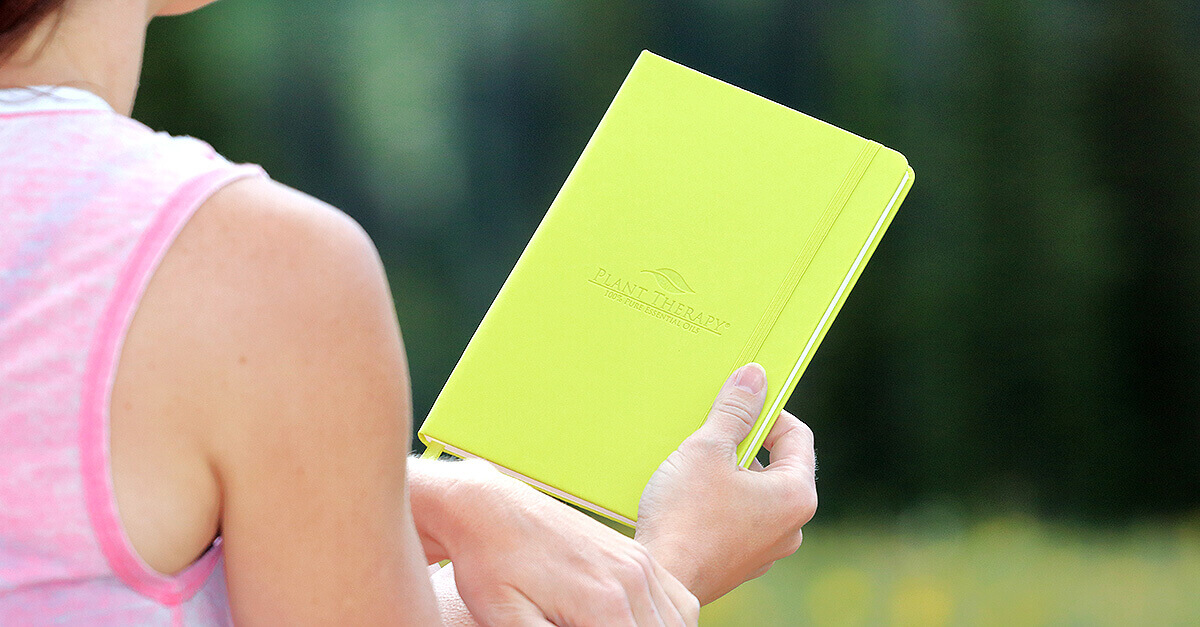
Next, don’t forget the pen and paper! Take notes on anything that may help you personally make your blend. These could be thoughts or emotions that come from certain combinations. It could also be a list of oils you’ve used in blends, what works or what doesn’t, how many drops you want to use of each—whatever helps you the most in your creative process!
Start blending notes!

Once you have your intention figured out and have your tools prepared, it’s time to start really thinking about the oils you want to use. Remember, your top note is going to be front and center when the blend is complete, so think about which oil you want to represent your blend. It’s like the first paragraph of a novel—you want it to bring the reader (or in this case…smeller?) in for more!
Next, think about the body of your blend with the middle notes. What is your blend? What are you trying to accomplish? If you’re trying to make an aroma reminiscent of a blooming meadow after a spring rain, what middle notes can you think of that help that idea come to life? Probably something floral, like Palmarosa or Chamomile. Maybe add something coniferous, like Fir Needle, to capture the evergreens that may flank your imaginary meadow. Or Juniper Berry, to give a nice herbaceous, soft smell.
Now what kind of base notes could help hold everything together? Vetiver’s deep, rich, earthy smell could wonderfully represent that smell of soft, dewey ground. Or maybe Cedarwood’s dry, smokey aroma is what you’re looking for.
As I’m sure you can tell by now, blending is a creative process.

Remember that it okay to take breaks from you blend if you’re feeling stuck. Take a step outside for some fresh air and come back to it with a clear head. Allowing the oils to “rest” on their fragrance strip will also alert you to how their fragrances change over time and how long your specific oils will last.
So how many top, middle, and base notes should you use? There are no hard and fast rules for this since your oils depend on what you are trying to create. The sky’s the limit! If you come up with something you love, we’d love to hear about it in the comments. Or, head over to our Safe Essential Oil Recipes Facebook group to share it with so many others!
By Katrina Scampini, Certified Aromatherapist
